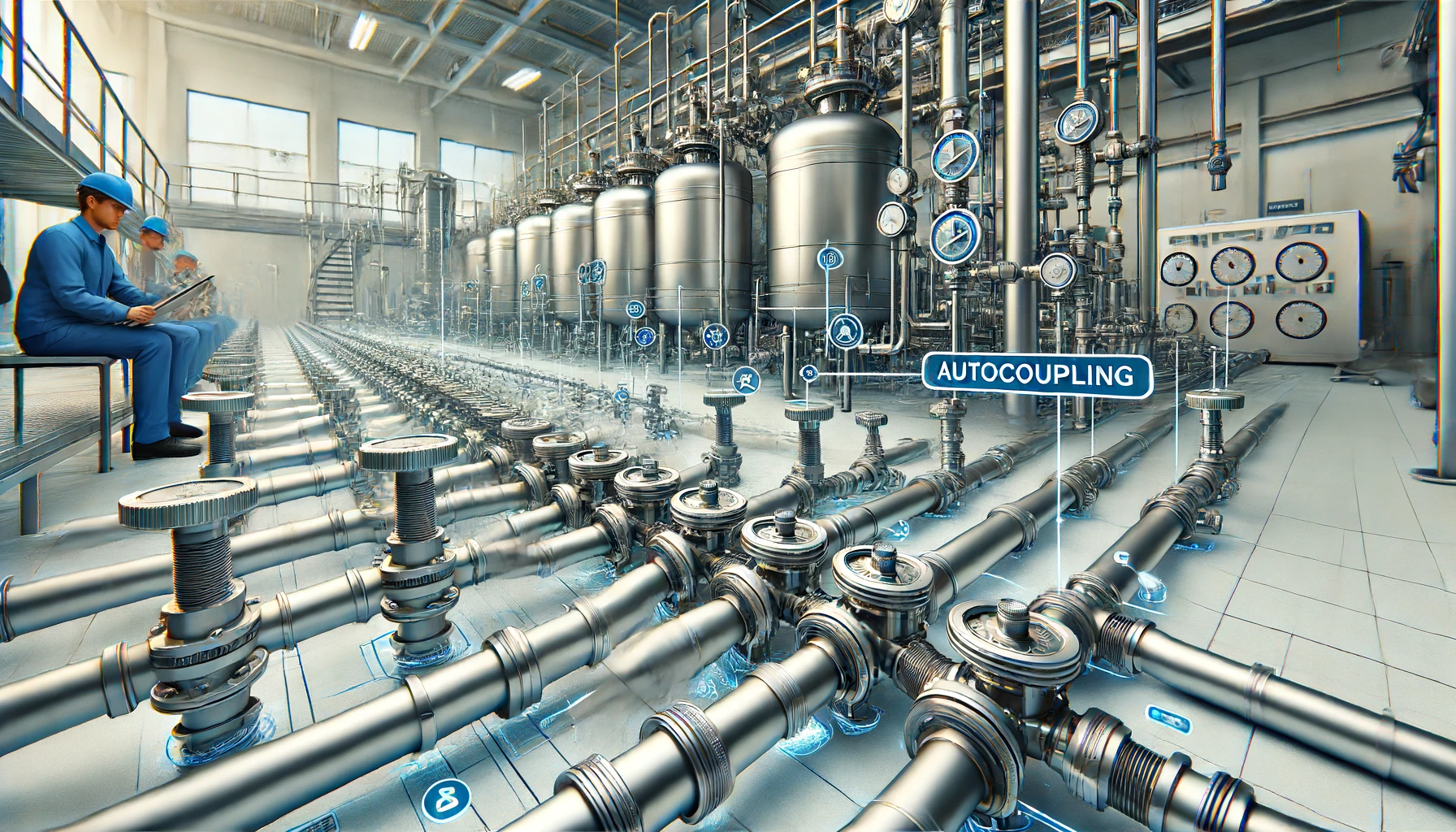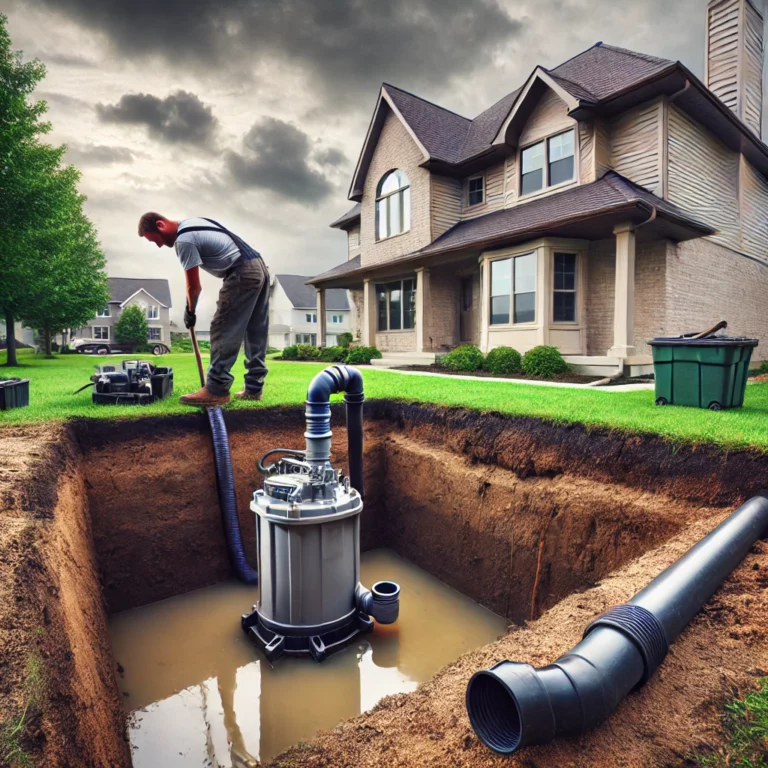Understanding Autocoupling: A Comprehensive Guide for Water System Professionals
What is Autocoupling?
When it comes to the seamless integration of components in water systems, autocoupling stands out as a revolutionary solution. Autocoupling refers to the automatic connection and disconnection of pipes or hoses in water distribution systems, often without the need for manual intervention. This technology simplifies maintenance and operations, ensuring that systems remain efficient and reliable.
Imagine a scenario where you need to connect various components of a complex water system quickly and securely. With autocoupling, this process becomes a breeze, reducing the time and labor required. It’s like having a sophisticated butler for your pipes, always ready to connect or disconnect them with precision.
How Does Autocoupling Work?
The Mechanics Behind Autocoupling
Autocoupling systems are designed with self-sealing and self-locking mechanisms that engage automatically. When two components are brought together, the coupler aligns and locks them into place, ensuring a leak-proof connection. The beauty of this system lies in its simplicity and precision engineering.
- Self-Sealing Mechanism: This feature ensures that as soon as the two parts are connected, they form a tight seal. This prevents leaks and maintains system integrity, crucial for water systems where even a small leak can lead to significant issues.
- Self-Locking Mechanism: This locks the components together, preventing them from coming apart under pressure or vibration. It’s like a high-tech Velcro for your pipes, providing a secure and stable connection.
Advantages of Using Autocoupling in Water Systems
Implementing autocoupling in your water system offers several advantages:
- Efficiency: It reduces the time required for installation and maintenance. Instead of manually connecting or disconnecting parts, autocoupling does it for you, saving valuable time.
- Safety: Minimizes the risk of leaks and failures. The automatic sealing and locking mechanisms ensure that connections are always secure.
- Cost-Effective: By reducing manual labor and preventing leaks, autocoupling can lower overall operational costs.
- Flexibility: Easily integrate new components or reconfigure existing ones without major system overhauls.
Applications of Autocoupling in Water Systems
Autocoupling in Industrial Water Systems
In industrial settings, autocoupling is invaluable. Consider a large-scale water treatment plant where various sections need to be connected and disconnected regularly for maintenance. Autocoupling ensures that these connections are made quickly and securely, minimizing downtime and enhancing operational efficiency.
Autocoupling in Residential Water Systems
Even in residential settings, autocoupling can simplify complex plumbing systems. For instance, integrating water filtration systems or connecting garden irrigation setups can be streamlined with autocoupling, making these tasks more manageable for homeowners.
Autocoupling in Agricultural Water Systems
In agriculture, water distribution systems often span large areas and need to be flexible to accommodate different watering needs. Autocoupling allows for quick changes in system configuration, ensuring that water delivery can be adjusted as required without complex manual adjustments.
Choosing the Right Autocoupling System
Factors to Consider
When selecting an autocoupling system for your water system, consider the following factors:
- Material Compatibility: Ensure that the materials used in the autocoupling components are compatible with your water system to prevent corrosion or wear.
- Pressure Rating: The system should be able to handle the pressure requirements of your water distribution network.
- Ease of Use: Look for systems that are easy to install and maintain.
- Durability: Choose high-quality, durable components that can withstand the operational demands of your system.
Popular Brands and Models
Several brands specialize in autocoupling systems for water applications. Some of the well-known names include:
- SmithCo: Known for their robust and reliable coupling systems.
- HydraFlex: Offers a range of autocoupling solutions for different applications.
- QuickConnect: Renowned for their easy-to-use and durable autocoupling products.
Installation and Maintenance of Autocoupling Systems
Steps for Proper Installation
Installing an autocoupling system involves a few key steps to ensure optimal performance:
- Identify Connection Points: Determine where the autocouplings will be installed within your system.
- Prepare Components: Ensure all components are clean and free of debris before connecting.
- Align and Connect: Bring the coupling parts together, aligning them as per the manufacturer’s instructions.
- Secure the Connection: Allow the self-locking mechanism to engage fully to secure the connection.
- Test for Leaks: After installation, test the system for any potential leaks.
Regular Maintenance Tips
Maintaining your autocoupling system involves routine checks and minor adjustments:
- Inspect Regularly: Check connections for signs of wear or damage.
- Clean Components: Keep the coupling parts clean to prevent debris from affecting the sealing and locking mechanisms.
- Lubricate Moving Parts: Apply appropriate lubricants to keep the locking mechanisms functioning smoothly.
- Replace Worn Parts: Promptly replace any components that show signs of wear to maintain system integrity.
The Future of Autocoupling
Why Autocoupling is the Future of Water Systems
As technology advances, the future of water systems increasingly leans towards automation and efficiency. Autocoupling is at the forefront of this evolution, offering a smart solution to traditional connection challenges. Whether in industrial plants, residential homes, or vast agricultural fields, autocoupling simplifies operations, enhances safety, and reduces costs.
Imagine a water system where every connection is automatically aligned and secured, where maintenance involves minimal manual effort, and where system integrity is preserved through innovative technology. This is the promise of autocoupling.
Integrating Autocoupling into Modern Systems
To stay ahead in the rapidly evolving landscape of water system management, integrating autocoupling is a strategic move. It not only streamlines processes but also ensures that systems are future-ready, capable of adapting to new demands and technologies.
In conclusion, understanding and implementing autocoupling can significantly enhance the efficiency and reliability of your water systems. As you explore the options available, remember to consider the specific needs of your system and choose a solution that aligns with your operational goals.
Conclusion
Autocoupling represents a significant advancement in the field of water system management. By automating the connection and disconnection of components, it brings efficiency, safety, and cost-effectiveness to the forefront. Whether you’re managing an industrial, residential, or agricultural water system, embracing autocoupling can simplify your operations and ensure the integrity of your system.
If you have any questions about how to integrate autocoupling into your water system or need advice on selecting the right components, feel free to reach out to our experts at Waste Water Supply. We’re here to help you navigate the complexities of modern water systems with ease and confidence.



